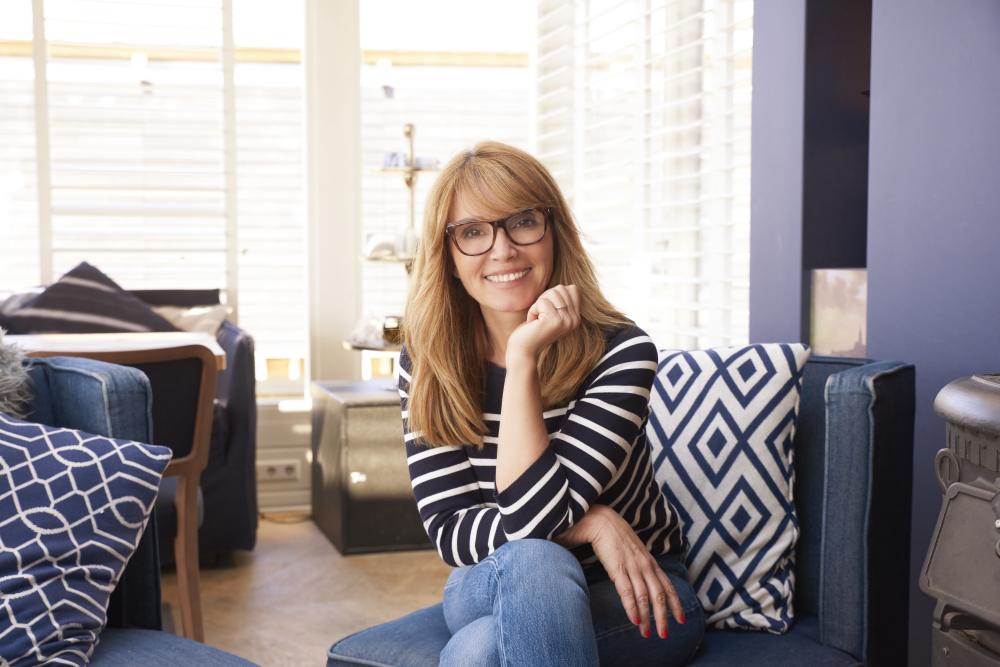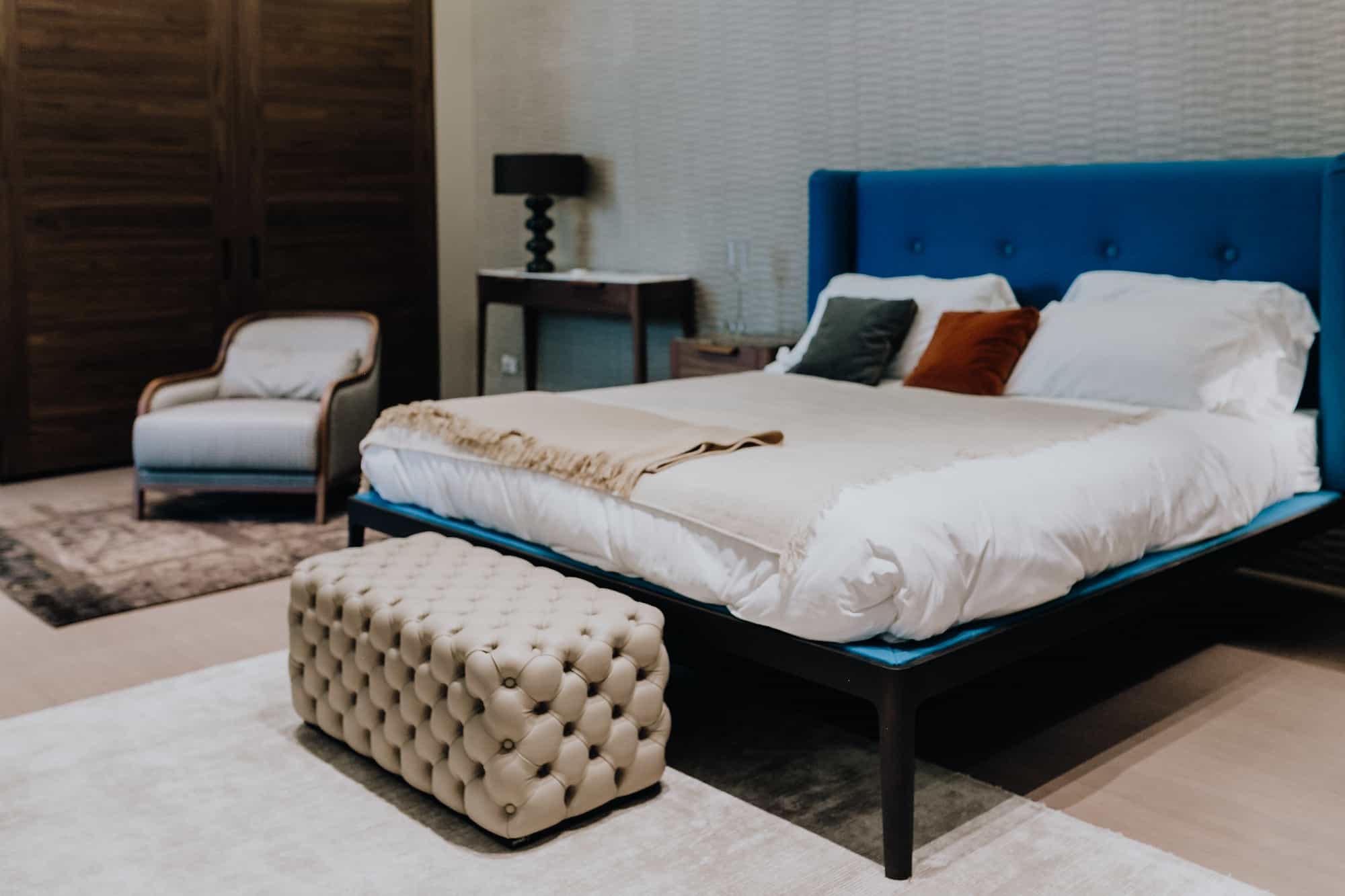Intentional living means making choices based on your values, not what others expect.
It’s about deciding what really matters in your life and aligning your actions with those priorities. This principle applies to where and how we live.
The property market, with its trends in design, location, and community, offers valuable lessons. By looking at how people buy, build, and live in homes, we can learn how to create a more meaningful and intentional lifestyle.
In this article, we’ll explore what the housing market shows us about creating a real sense of home—and how you can apply those insights in your own space.
The Meaning of Home Beyond Physical Space
A house is just a structure.
A home is something deeper. It embodies emotions such as comfort, safety, and a sense of identity. It’s where we feel like ourselves.
Researchers like Judith Sixsmith and Carole Després identified five key meanings of home:
-
- Security: A place where you feel safe
- Reflection of values: What your home says about what matters to you
- Relationships: Spaces that support connection with others
- Permanence: A feeling of stability or belonging
- Personal identity: How your home reflects who you are
Intentional living is about more than buying a place to stay. It’s about choosing spaces and habits that support the life you want to live.
When we think of home in these terms, it becomes clear that building a sense of home is an ongoing, thoughtful process.
Lessons from the Property Market on Intentional Living
The property market teaches us several important lessons about intentional living.
Lesson #1: Location and community matter.
Properties close to schools, clinics, markets, and parks are in high demand. That’s because location supports daily life. These fundamental amenities make our everyday life easier and more enjoyable.
Intentional living follows the same rule: make choices that save time, support health, and reduce stress.
Ask yourself:
Do you live close to what matters to you?
If not, can you adjust your routines or surroundings to better align with your values?
Lesson #2: Design for function and flow.
Multifunctional spaces are rising in popularity.
Small homes that serve more than one purpose—such as living rooms that double as workspaces or guest rooms—are becoming the norm.
This isn’t just about saving space. It’s about thinking carefully about how to live more mindfully with less space.
Intentional takeaway:
Design your space to support the different aspects of your life—rest, focus, and connection.
For instance, you can utilize foldable tables, convertible furniture, or zoning techniques to maximize the potential of every area.
Lesson #3: Sustainability is becoming the standard.
New property developments often include:
-
- Solar panels
- Energy-efficient windows
- Shared gardens or green roofs
- Recycled materials
These are no longer just “nice to have”—they reflect buyers’ growing concern for the long-term impact.
Intentional living involves the same thinking.
Make it a habit:
Reuse what you can. Choose items built to last.
Pay attention to the environmental impact of your home choices.
Lesson #4: Shared living is on the rise.
New housing models emphasize shared resources and collective decision-making. Co-living spaces and intentional communities demonstrate people’s growing interest in alternatives to traditional housing.
In these setups, people:
-
- Share kitchens or workspaces
- Make group decisions about upkeep
- Build strong social bonds
These models teach us that home can be about more than individual ownership. They are often more affordable, flexible, and fulfilling than traditional housing.
They offer lessons in compromise, connection, and conscious decision-making.
Tip:
Even if you live alone, you can create an intentional support network.
Host regular dinners. Join local groups. Build shared routines with neighbors.
Lesson #5: Comfort is essential.
The best homes feel like sanctuaries.
This doesn’t mean big. Instead, it means calm, cozy, and aligned with what helps you recharge.
Many homebuyers today care more about how a place feels rather than how big it is.
Intentional living tip:
Utilize soft lighting, simple layouts, and effective noise control to create a comfortable and inviting environment.
Declutter often. Keep only what adds value to your space.
Practical Strategies for Creating a Sense of Home Intentionally
You don’t need to move to live intentionally.
Here are specific ways to apply these lessons to your own living situation.
1 – Prioritize Meaningful Personalization
Focus on items that tell your story and reflect your values. Choose pieces you can take with you if you move. Photos, artwork, books, and meaningful objects create a sense of home anywhere.
Instead of buying trendy items, invest in pieces that will retain their meaning over time.
2 – Choose Quality Over Quantity
When you have fewer, better things, you appreciate them more. A well-made sofa that serves multiple purposes is better than several cheap pieces that don’t last.
Consider the basics first: comfortable seating, adequate lighting, sufficient storage, and a suitable surface for eating and working.
3 – Build Community Connections
Home extends beyond your front door. Getting to know neighbors, participating in community events, and supporting local businesses all contribute to a sense of belonging.
Even simple gestures like saying hello to neighbors can strengthen your connection to your community.
4 – Embrace Flexibility and Adaptability
Design your space to accommodate changes as your needs evolve. Moveable furniture, multipurpose items, and flexible layouts allow you to adapt your home for different activities and life changes.
This approach is especially important if you live in a small space or share your home with others.
5 – Consider Sustainability
Choose housing materials and daily practices that align with your environmental values. This may involve purchasing secondhand furniture, utilizing energy-efficient appliances, or opting for non-toxic cleaning products.
Simple shifts, such as using LED light bulbs or reducing water waste, can make your home more sustainable.
Final Thoughts
Creating a sense of home is a deliberate process that reflects your values and priorities.
The property market demonstrates that successful homes foster well-being, community, and sustainability. These lessons apply whether you own or rent, live alone or with others, have a large house or a small apartment.
Intentional living is about aligning your living environment with what truly matters to you. Your home should support your relationships, reflect your identity, and provide the security and comfort you need to thrive.
Want to learn some more “life hacks” to living a life you love?
Snag a free workbook and get inspiration on all the ways to love your life even more.









